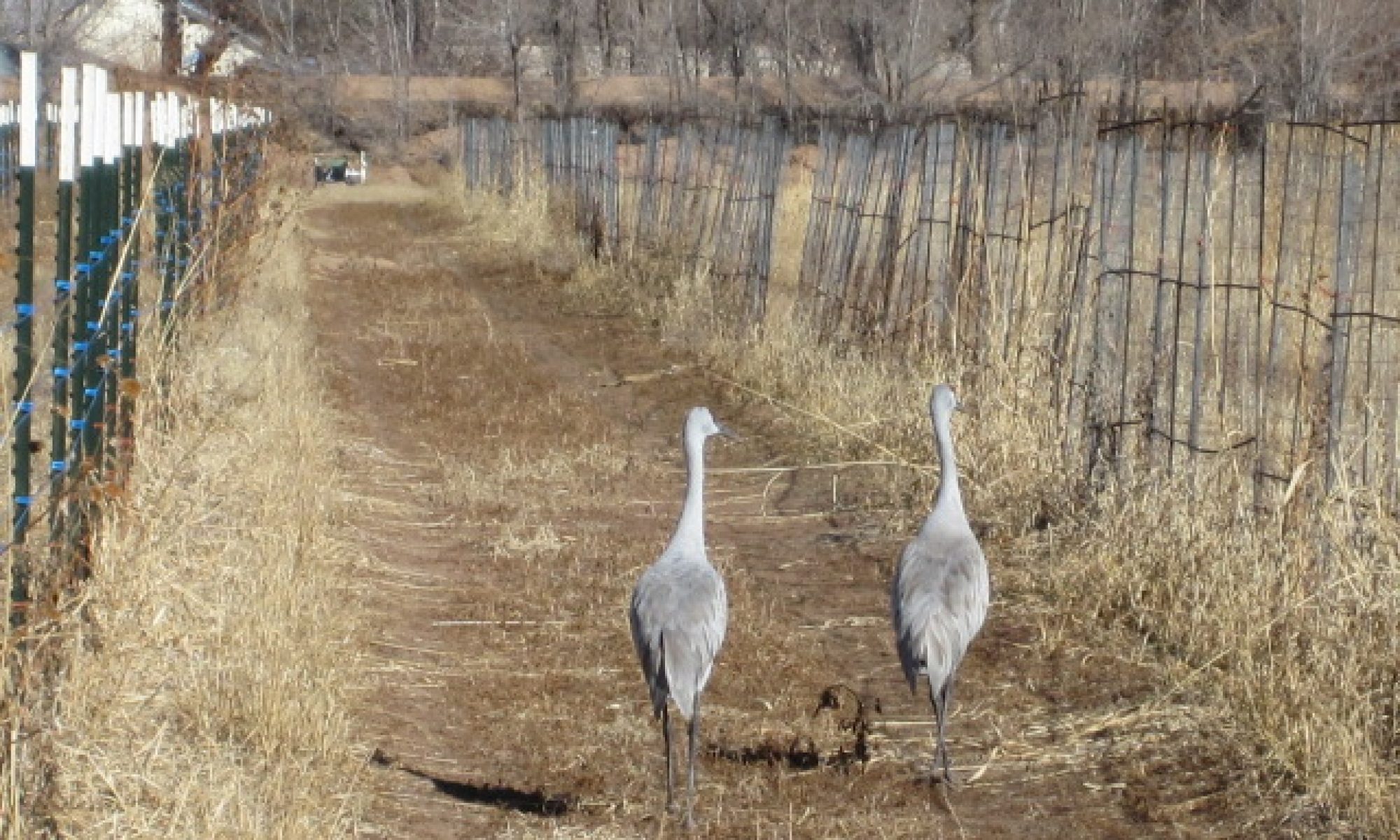I woke up this morning imagining my basil plant’s to-do list:
Six fifteen: Slowly stretch toward the window as the first sun comes in (bow pose in basil-yoga).
Seven ten: Breakfast; suck water from soil into stems.
Seven fifty: Disperse water throughout leaves.
Eight thirty to six pm: Begin replacing two leaves snipped last night for a stir-fry. Goal: three centimeters of new growth today.
Periodically throughout day: Sift scent into the room as leaves are riffled. Goal: minimum of eight wafts.
I grew up in the “time management” school of living; I took my first time-management class in my early twenties. There I learned to keep one (and only one) calendar, to sort my to-do list into A B and C priorities, to transfer those to-do list items into time-slots on my calendar, and to update my list at the end of each day. I even learned to cross off items if I’d carried them forward for five days without completing them (they’ll show up as A-items if they ever become important) and to schedule unscheduled time for emergencies into each day. I liked it when people said things like “If you need to get something done, ask a busy person,” and then asked me.
Recently I was imagining the week I’d mapped out in my head, every hour carefully accounted for, my stress mounting as I portioned too many tasks into those scarce slots. I was sure I had already said no to everything I could say no to. Everything left, work, writing, exercise, laundry, playing piano, playing violin, and so on, was an A. The challenge, I thought, was one of mapping. I simply had to arrange my life into a schedule, a definitive route through time, and then exert discipline to follow the map. I wanted a routine.
Someone (the internet would like it to be the Buddha but can’t commit) once said, “When the student is ready, the teacher appears.” That’s what happened when a good friend interrupted my stress-fest to ask, “What if you thought in terms of rhythm instead of routine?”
Oh. I’ve always liked the word circadian. Now that I’m thinking about rhythm I realize that built in to my biology is a rhythm that takes its cues from the world. I pretend I’m “managing my time,” but without any awareness on my part, my body has been responding to the waxing and waning of light for forty-nine years. Rhythm was here before my to-do list. Rhythm preceded my calendar. I didn’t have to learn how to live my days according to a rhythm, I just had to stop trying not to.
A few months ago a preschool music teacher came to my school to show teenagers how to help little kids access music. We played clapping games, made noises that sounded like rain and thunder, and chanted rhymes while waving our arms, touching our heads, and hopping on the beat. We turned our bodies into rhythm instruments and talked about the innate nature of rhythm. I started noticing the pulse of my breathing when I sang or ran, the beat of my steps and the swing of my arms as I walked across campus or around my kitchen.
When I started paying attention to the rhythm of my days instead of hunting for the perfect routine, I freed myself from those slots. I realized I didn’t have to schedule “play violin for an hour” to actually play the violin. Once the slots weren’t full of things I had to do, I was free to do what I most wanted or needed to do in every moment. All of the other moments, and the anxiety embedded in them, receded before the power of the present. All of a sudden, every day was vacation.
Lately, two women I like and admire have been commenting on my seeming ability to “have a life” in addition to “having a job.” They say this, I think, because I started a blog, because I play mandolin with friends on Sunday afternoons, perhaps because I seem (at least sometimes!) to get enough sleep. Almost every morning, I get up at five and write. Sometimes when I get home from work, I play the violin for two hours. Sometimes I play the piano. Sometimes I get obsessed over whether anyone is commenting on my blog and check it a hundred times before dinner. Sometimes I cook, or grade papers, or play the slipper game with the dog.
I don’t write many things down any more. I still have a to-do list, but there isn’t much on it. Really, if it were something I “have” to do, why on earth would I forget to do it? I’m learning to trust that the important things will rise to the surface, shine, and catch my attention if I just show up to see them. I still find myself setting goals or trying to make long-term plans, but I’m learning to notice those moments and resist them, to get up and go for a run when I feel the urge to sit down and map out an exercise routine.
I like being a time-management heretic, living into rhythm instead of following a routine. A few nights ago I found myself outside in the mountains under the stars with a group of teenagers. We were marveling at how many stars we could see once we’d cleared the clutter of city lights. Claire, a bagpiper, was leading us in a march under the stars. Earlier she’d asked what sort of a walk we wanted. She’d been debating a six-eight or a four-four cadence, explaining how our steps would inevitably echo the rhythm of her piping. As she piped into the darkness, our steps responded, the stars held their patterns, curious animals wondered at this new noise in the world, and I felt as simple as that little pot of basil on my kitchen table.
Here’s what I’ve learned since I stopped trying to manage time. Routine starts in scarcity, with a finite number of hours in a day. Rhythm dances in abundance. There aren’t any slots when you are living in the river. The current (call it life, call it light, call it God) tugs at you, the sun snags a path, and you follow it like a sunflower across long afternoons. Basil plants push out new leaves because that is what basil plants do. Your body already knows how to delight in the world. Time takes deep breaths and grows wide downstream.

